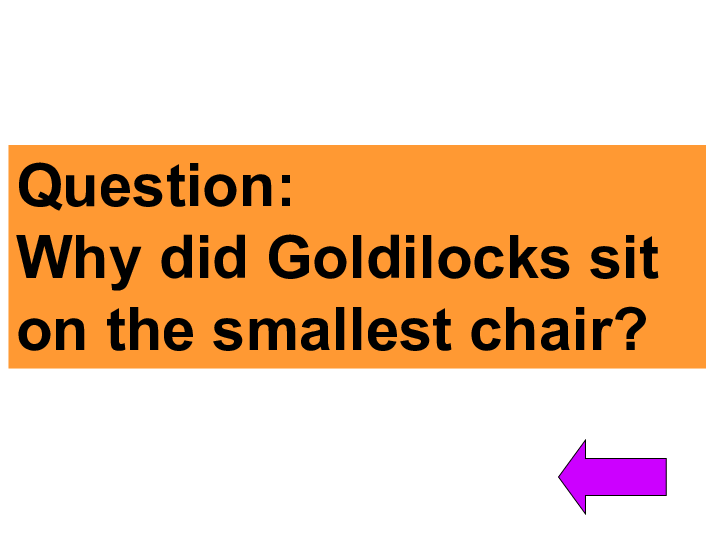Understanding the Impact of Home Building and Loan v. Blaisdell on Modern Mortgage Laws
#### Introduction to Home Building and Loan v. BlaisdellThe landmark case of Home Building and Loan v. Blaisdell (1934) is a pivotal moment in American lega……
#### Introduction to Home Building and Loan v. Blaisdell
The landmark case of Home Building and Loan v. Blaisdell (1934) is a pivotal moment in American legal history, particularly concerning contract law and the regulation of mortgages during economic crises. This case arose during the Great Depression when many homeowners struggled to meet their mortgage obligations due to widespread unemployment and economic instability.
#### The Background of the Case
In Home Building and Loan v. Blaisdell, the state of Minnesota enacted a law that temporarily suspended foreclosure proceedings, providing relief to homeowners who were unable to pay their mortgages. The law was aimed at alleviating the financial distress faced by many families during this tumultuous period. Blaisdell, a homeowner, sought protection under this law, which led to a legal challenge from the Home Building and Loan Association, which argued that the law violated the Contracts Clause of the U.S. Constitution.
#### The Legal Arguments

The crux of the legal argument in Home Building and Loan v. Blaisdell revolved around the interpretation of the Contracts Clause. The Home Building and Loan Association contended that the Minnesota law impaired their contractual rights, while Blaisdell and his supporters argued that the law was a necessary measure to protect the public interest during a time of crisis. The Supreme Court had to weigh the necessity of the law against the sanctity of contracts.
#### The Supreme Court's Decision
In a landmark decision, the Supreme Court ruled in favor of Blaisdell, upholding the Minnesota law. The Court reasoned that while the Contracts Clause prohibits states from impairing the obligation of contracts, there are exceptions in times of emergency. The ruling established a precedent that allowed states to enact laws that could temporarily interfere with contractual obligations if such measures were deemed necessary for the public good.
#### The Aftermath and Implications

The decision in Home Building and Loan v. Blaisdell had far-reaching implications for future legislation and the judiciary's role in economic crises. It set a precedent for the government to intervene in private contracts during emergencies, influencing subsequent legislation aimed at providing relief to distressed homeowners. This case is often cited in discussions about the balance between protecting individual rights and addressing broader societal needs.
#### Modern Relevance of the Case
Today, the principles established in Home Building and Loan v. Blaisdell continue to resonate in discussions surrounding mortgage relief programs, foreclosure moratoriums, and the government's role in regulating financial markets. The case serves as a reminder of the delicate balance between economic regulation and individual rights, particularly in times of national crisis, such as the recent COVID-19 pandemic.
#### Conclusion

The case of Home Building and Loan v. Blaisdell remains a cornerstone of American legal thought regarding contracts and economic emergencies. It highlights the judiciary's role in interpreting the law in light of changing societal needs and underscores the importance of flexibility in legal frameworks to adapt to unforeseen circumstances. Understanding this case is essential for anyone interested in the evolution of mortgage laws and the ongoing dialogue about the interplay between individual rights and public welfare.